How Safe are your Garden Products?
By Michael Laurie
Published in the Vashon Beachcomber March 23, 2022
Several plants are putting on new growth in our garden including Indian Plum, French Tarragon, Wasabi, Nettles (a favorite food and tea plant), and Bleeding Hearts. So soon it will be time to work in our gardens. And that will include finding ways to control weeds and critters that like to eat what we want to eat.
Before you run out to purchase a pesticide that might be toxic to wildlife, pets, and you, please know that there are plenty of safer options that work well around here. And there are resources to help you find safe choices.
One way to find out which products are safe, and which are not, is to visit the Grow Smart Grow Safe web site:
https://www.growsmartgrowsafe.org/ At that site you can click on the category of products that you want to learn more about. For example, if you click on “Slugs and Snails” and click on “Slugs and Snails Control products” you will see a list of Slug and Snail products. You will see that the products are organized into groups with green, yellow, or red colors. In each of those categories the products are listed as green, yellow, or red for their impact on Humans, Pets and Wildlife, Aquatic Life, and Water Pollution. As you may have guessed, green means the scientific studies tell us that the active ingredients in that product are safe. Yellow means there could be some toxic impact. Red means significant evidence that one or more of the active ingredients can be toxic. So please try to choose products that are rated green. “The Grow Smart, Grow Safe® consumer guide to lawn and garden products is a project of Thurston County Environmental Health in Olympia, Washington. All products in this guide are registered for outdoor home use in Washington State.”
Another web site that could help guide you to safe gardening solutions is the Garden Green web site, https://gardengreen.org/, which is the work of my wife Diane Emerson with some help from me. You can find information there on many gardening subjects. We think one of the more helpful sections is the “Common Garden Problems” section and the “Green Gardening Ways That Work” document located there. There are also sections on Orchards and Lawns, Issues of Concern, and Links to Useful Resources. Stormwater issues are also covered. You will find two videos showing examples of how to address stormwater problems on your property plus links to stormwater resources.
Right now, if you go into Island Lumber on Vashon you will see that the green products in their gardening section have green stickers to help guide you to the safest options. I just finished working with the staff at Ace Hardware on Vashon to apply green, yellow, and red stickers next to the pricing for their garden products. Those stickers are based on scientific information from the Grow Smart, Grow Safe web site.
According to an article on a King County web site, Pesticides and the Environment, “Washington State Department of Ecology scientists have detected 23 pesticides in Puget Sound waterways, ... Many of the pesticides and herbicides identified are widely used on lawns. These chemicals can reduce the diversity of essential soil life, contribute to soil compaction, intensify soil acidity, and increase thatch buildup in lawns. They also lead to an increase in algae growth in lakes, which reduces oxygen levels, killing fish and other organisms.”
The article goes on to say: “According to the United States Geological Survey (USGS), 16 pesticides have been detected in the Northwest at levels that exceed standards set to protect aquatic life. One of those pesticides, 2,4-D, is a component of weed-and-feed products. Overuse of these products can also damage soil and plants. Studies have found increased health risks among families that use lawn and garden pesticides, especially among children and pets.”
So, the science is clear that several pesticides have been found in Puget Sound and the NW sometimes at unsafe levels. But the good news is that there are plenty of safe alternatives to protect your family, pets, and the wildlife that we love.


